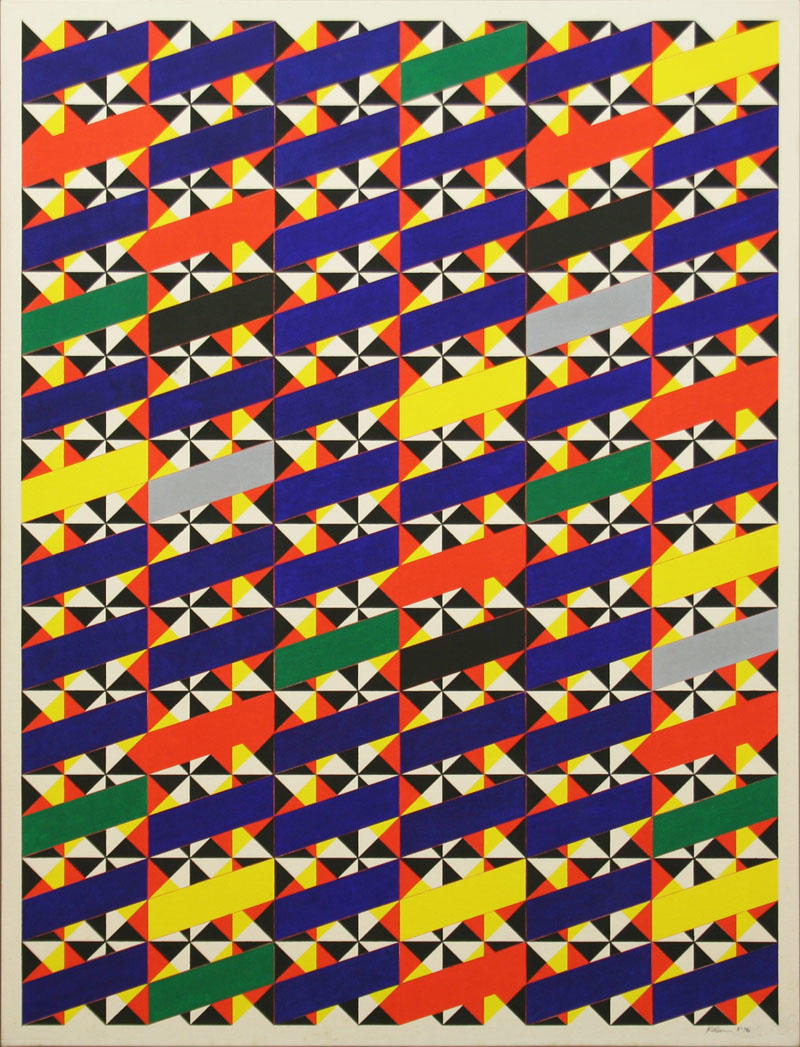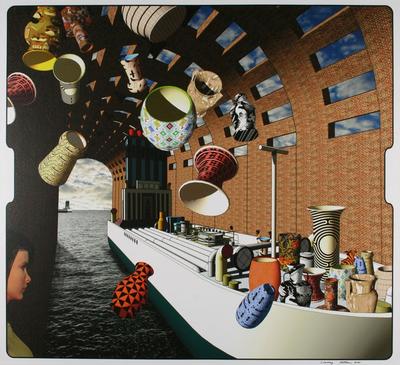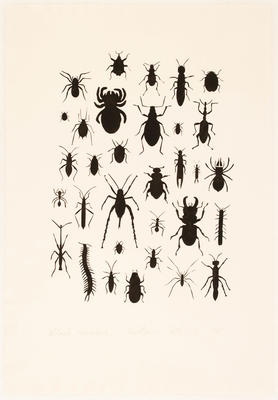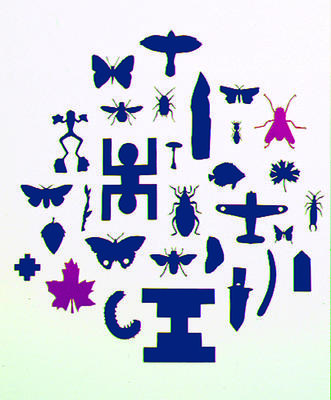Frog green
-
Richard Killeen
b.1946

Title
Frog green
Details
| Production Date | 1976 |
|---|---|
| Collection(s) | Collection Govett-Brewster Art Gallery, New Plymouth. Purchased from Dorothy Atmore Bequest in 1978. |
| Accession Number | 78/17 |
| Media | Acrylic on canvas |
| Measurements | 1520 x 1160mm |
About
Richard Killeen’s Frog Green is a visual assault, a complex design of bright geometry that seems to morph and shift before the eyes. Appearing like the hybrid offspring of a Pacific tapa cloth and an early computer game, it is based around a gridded pattern which has been thrown out of kilter by the superimposition of a second design, a fleet of cheerfully coloured lozenges which sail across the picture on a gentle diagonal tilt. The title of the painting seems to be derived from the green used in the composition, inviting the viewer to pay particular attention to the formation of green shapes woven into the configuration of other colours. Their seemingly random deployment across the surface of the picture contradicts any suggestion of regularity derived from the painting’s underlying grid structure.
Frog Green plays with pictorial convention. The underlying rectilinear design with its structure of horizontals and verticals submits to the organisational system imposed by the frame, but the strong diagonals of the second design angle away from this rigid structure. They seem to float across the picture as if on a screen, their diagonal drift suggesting the extension of pictorial space outside the frame’s borders. Both background and foreground patterns are boldly coloured, vying for the viewer’s attention like two competing foregrounds. This layering of patterns also replaces the purity of a plain background with a riot of geometric colour. It is as if Killeen is reminding us that nothing starts from nothing.
It is significant that the structure of the second pattern is derived from the structure of the first, formed by making a diagonal across three squares of the grid below. In this way the two are related, and Killeen shows how disorder is implicit within order: even within the grid there is a latent interference pattern.


